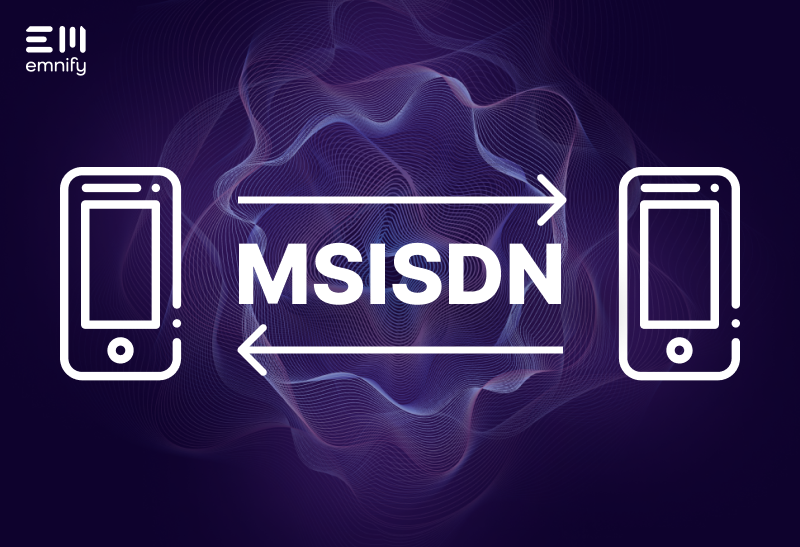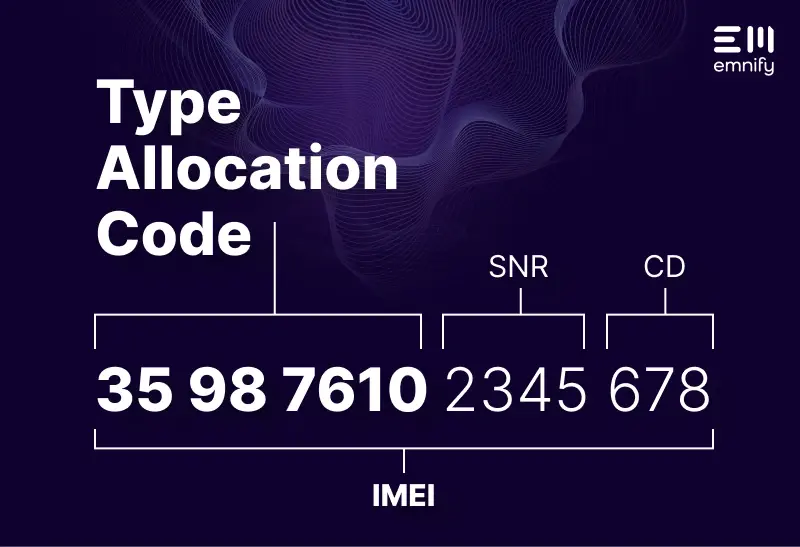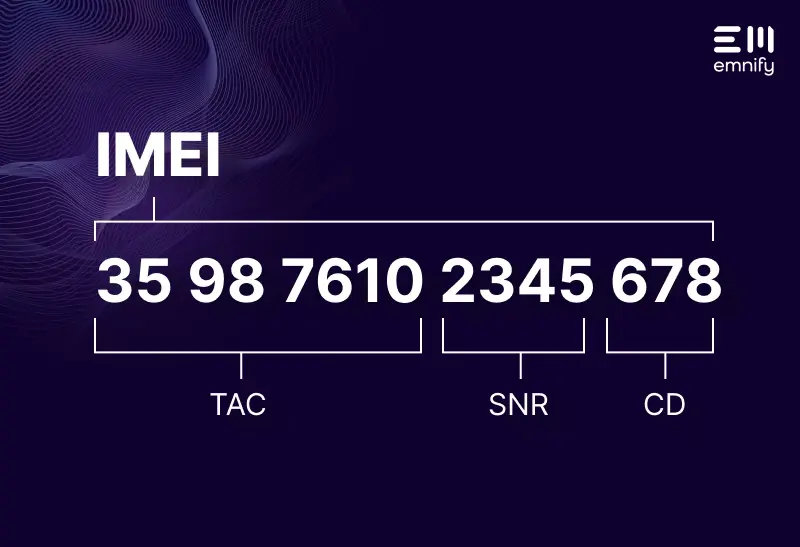

Quick definition: An MSISDN is the phone number you use to connect with a specific mobile user on a network. Any time you call or text someone, you’re using the MSISDN to reach them, and they use your MSISDN to identify you.
The abbreviation MSISDN is a little ambiguous. Major telecommunications organizations and standardization bodies have slightly different terms with this same abbreviation, but they all represent the same thing. Depending on the source and context, MSISDN can stand for:
- Mobile Station Integrated Services Digital Network
- Mobile Subscriber Integrated Services Digital Network
- Mobile International Integrated Services Digital Network
These terms all refer to the number used to connect with a specific subscriber. Unlike an International Mobile Subscriber Identity (IMSI), an MSISDN isn’t locked to a particular SIM card. A subscriber can change their MSISDN, keep it with them after changing devices, or use the number to forward connections to another device.
MSISDN numbers
The MSISDN includes a maximum of 15 digits. The minimum number of digits varies because it’s defined by the local regulating body in each country. Whatever the length, MSISDNs have three distinct components:
- Country Code (CC)
- National Destination Code (NDC) or Number Planning Area (NPA)
- Subscriber Number
Country Codes come from a list defined by the International Telecommunication Union, and you only have to enter them to connect to a specific device if its home network is in another country. Country Codes are always 1-3 digits.
National Destination Codes and Number Planning Areas are the prefixes attached to a subscriber’s unique number, commonly known as area codes.
Subscriber Numbers are unique to the individual subscription.
MSISDN and IoT
In the Internet of Things, you’re not going to punch in the phone number for a smart meter and call it up. But there are plenty of applications where you might use A2P SMS to change a device’s configuration. And for that, you’ll need the device’s MSISDN.
Thankfully, you don’t need to memorize the MSISDNs of your devices in order to communicate with them—your devices’ MSISDNs appear in your IoT portal, and you can use API to integrate that information into your other systems.
Keep learning about cellular IoT
Cellular connectivity is simple to implement, but there’s a lot to learn about how it works. You don’t have to build your own network if you’re building a cellular IoT application, but the choices you make in development can have a big impact on the types of networks you can connect to and how deployments will work if you expand to serve customers in new countries.
Our guide to cellular IoT is a great place to start exploring ways the Internet of Things is changing the way we think about cellular connectivity. If there’s something more specific you want to learn about, you can explore our IoT glossary.
Get in touch with our IoT experts
Discover how emnify can help you grow your business and talk to one of our IoT consultants today!

Bronwyn Hemus
With a career spanning over 18 years in storytelling and content creation, Bronwyn translates technical concepts and ideas into snackable and easy-to-digest content.



